The Presidency Montessori School
Montessori Elementary
Elementary Framework
At Presidency International Montessori School, our Elementary program welcomes children aged six and above as they transition from the Primary class. Recognizing the significant developmental changes at this stage—physically, socially, and intellectually—we tailor our curriculum to meet their evolving needs. Drawing from Dr. Montessori’s pioneering insights, our integrated Montessori Method provides an environment where children can cultivate lifelong learning skills and happiness. Through engaging activities and a focus on leveraging their sociability and curiosity, our Elementary program empowers 6-12-year-olds to thrive academically and socially, preparing them for a successful future.

"Why Parents Choose Presidency International Montessori School's Elementary Program"
- “With an impressive teacher-to-student ratio of 1:12 for Lower Elementary and 1:15 for Upper Elementary, our educators have the opportunity to build strong connections with each child.”
- “Crafted with captivating, tactile materials that transition seamlessly from concrete to abstract concepts, fostering joyful learning experiences and deep comprehension of skills.”
- In Montessori classrooms, teachers tailor lessons to small groups based on each child’s abilities, readiness, and interests, ensuring that every student is consistently challenged at their optimal level. This approach fosters a supportive environment where children can progress at their own pace and focus on their individual goals and development, rather than comparing themselves to others. With a three-year age mix in each community, students have opportunities to collaborate across grade levels, enhancing their learning experiences and promoting holistic growth.
Our schools mirror the diversity of their neighborhoods, welcoming families of various ethnicities and religious backgrounds. Despite this diversity, parents discover a shared bond within the Montessori community, where similar parenting values and a commitment to providing excellent education for their children unite them. Regular community events, ongoing communication between teachers and parents, and an open-door policy for classroom observations all contribute to fostering a strong sense of community within our schools.
- Numerous parents opt for Presidency – International School of Montessori for their child’s elementary education, seeking to maintain the seamless continuity of the Montessori approach that has proven effective during their primary years, rather than transitioning to conventional schooling.
- Contrary to the standardized testing-driven approach, Montessori provides a comprehensive curriculum encompassing science, geography, cultural studies, and history, complemented by integrated art and music activities starting from the lower elementary years. While some schools prioritize basic literacy and math skills assessed by standardized tests, Montessori offers a holistic educational experience, enriched further by opportunities like field trips and child-led outings for older students.
- Our students engage in five instructional hours per day, divided into three sessions in the morning and two in the afternoon. With lessons and practice occurring primarily at school, we ensure academic progress while minimizing the need for excessive homework assignments.
Montessori students are driven by their intrinsic love for learning, fueled by the joy of acquiring new knowledge and mastering skills, as well as by the inspiration drawn from observing their peers tackle challenging tasks. We prioritize intrinsic motivation by avoiding letter grades and limiting formal assessments to twice yearly for students in third grade and beyond. In our Montessori elementary classrooms, you’ll witness engaged students, focused on their tasks without reliance on external incentives like grades or reward charts, fostering a lifelong love for learning.
Montessori Elementary - Quick Facts

Low ratios, to support individualized attention for each child
In Lower Elementary, we maintain an impressive teacher-to-student ratio of 1:12 or better, while in Upper Elementary, this ratio stands at 1:15 or better. As our programs evolve, classes initially start small and gradually expand, with student numbers typically reaching 25-30 as enrollment grows. Additional teachers are added accordingly to ensure personalized attention and support for every student.

Montessori-trained Teachers for each level
With us, learning unfolds at each child's unique pace, with teachers across different levels providing tailored assistance as needed. In contrast, traditional schools often follow a practice of moving children from one adult-led activity to the next in a more rigid manner.

Mixed-age classroom communities
Two mixed-age group levels: Lower Elementary: 1st – 3rd grade, ages 6-9 Upper Elementary: 4th – 6th grade, ages 9-12

Five hours of instructional time daily, plus optional extended care
Our core academic day runs from 8:30 am to 3:00 pm, with extended care options available for early mornings and until 6:00 pm. Additionally, we offer optional after-school enrichment programs customized to meet the unique needs of each school community.

Limited homework assignments, with practice built into the school day
We limit homework, typically around one hour per week in Lower Elementary, as children have sufficient practice time during school hours. Our aim is to preserve afternoons and weekends for family time and for children to pursue their passions, all while ensuring they get adequate rest.

Authentic assessment, focused on student growth
We do not use letter grades or grading curves; instead, we administer only one standardized test per year, beginning in 3rd grade. Students receive detailed progress reports semi-annually, based on rubrics, along with student portfolios and regular communication facilitated through our online student records system.
Montessori Elementary Explained

Mixed-Age Groups
In Montessori, mixed-age Elementary communities foster diverse social dynamics, benefiting children in numerous ways:
1. Motivation is fueled as younger students aspire to achieve tasks accomplished by older peers.
2. Mentorship opportunities naturally arise, facilitating joyful review and reinforcement of previously acquired skills.
3. Leadership skills develop as older students take on responsibilities in community organization and classroom management.
4. Individualized learning thrives, unaffected by artificial age boundaries, allowing each child to progress at their own pace.
5. Interaction with peers of varied ages reflects real-life dynamics, promoting holistic social and academic growth.

Extended, Uninterrupted Work Periods
In Montessori Elementary, two long, uninterrupted work periods characterize the school day, typically lasting three hours in the morning and two hours in the afternoon.
During this time:
1. Children receive lessons from teachers and apply learned concepts through practice, eliminating the need for excessive homework.
2. Students engage in self-initiated projects, such as research, historical explorations, science experiments, or creative writing endeavors.
3. Community involvement is emphasized as children take responsibility for tasks like maintaining their environment and leading group meetings.
4. Self-directed learning fosters deep engagement, mastery, and autonomy, contrasting with rigid subject transitions dictated by adults in traditional settings.

Small-group or One-on-one Lessons
During extended work periods, Montessori elementary teachers deliver lessons to children, often in small groups or one-on-one, ensuring instruction aligns with each child's readiness and interests. This approach prevents boredom and frustration often seen in large, uniform class settings. Groups are tailored based on interest, prior knowledge, and skill level, fostering engagement and allowing teachers to verify understanding effectively.

A Carefully Prepared, Inviting, Beautiful Environment
In our classrooms, inspired by Dr. Montessori's vision, children have the freedom to work in a variety of comfortable spaces, such as child-sized tables, rugs on the floor, or cozy reading corners. They're trusted to move about independently to attend to their needs, without needing permission from a teacher. Workspaces are defined by shelves, plants, rugs, and tables, promoting a sense of comfort and belonging for both small groups and individuals. The environment is enhanced with beautiful materials, plants, flowers, and soothing music, creating a peaceful and inviting atmosphere conducive to focused learning.


